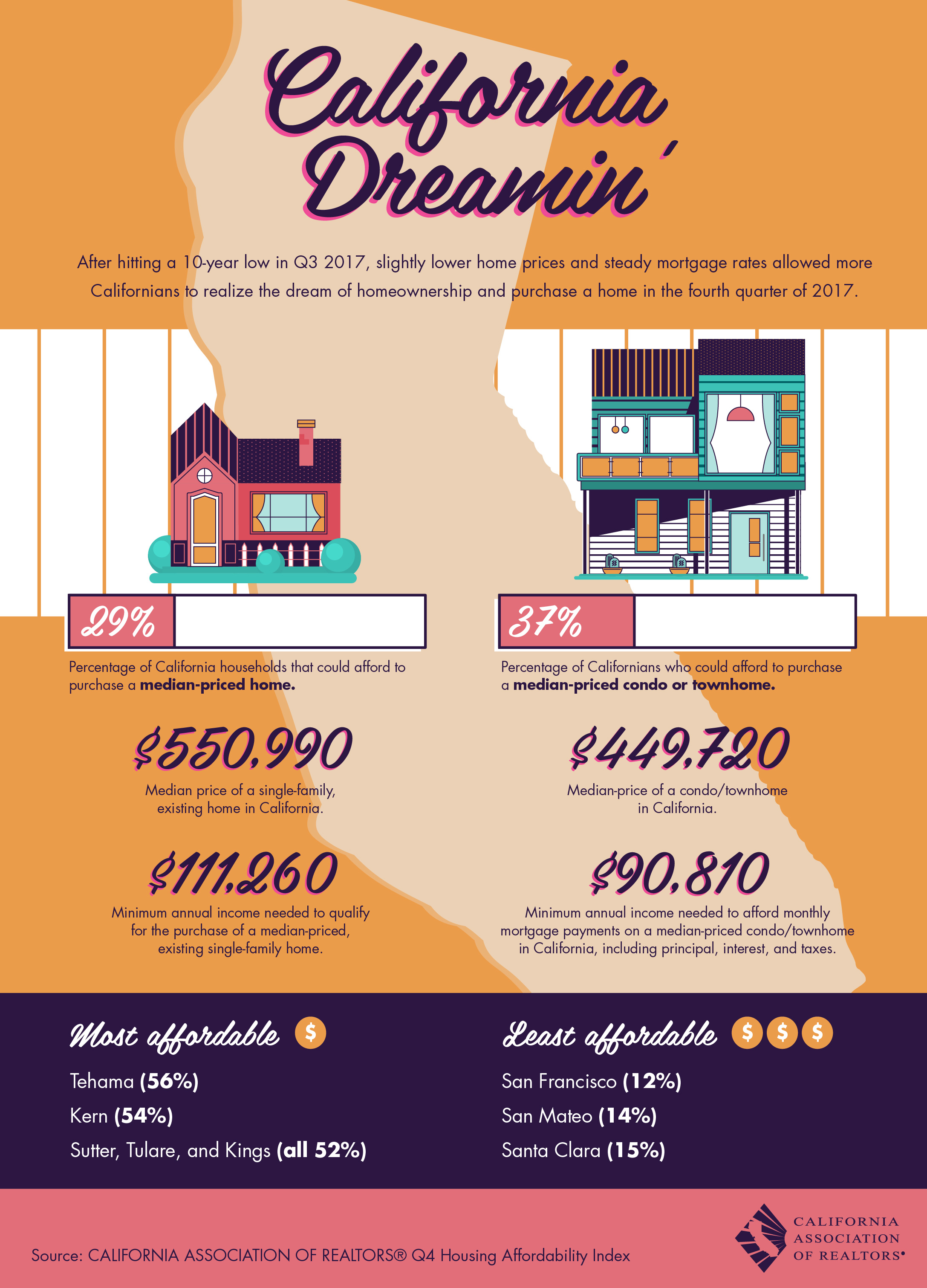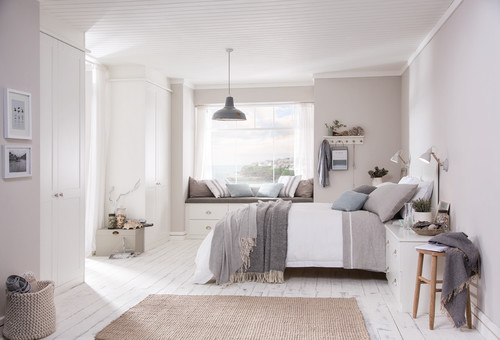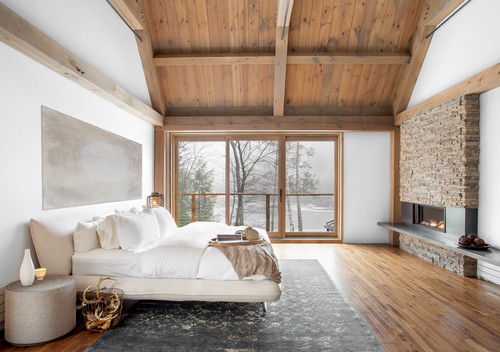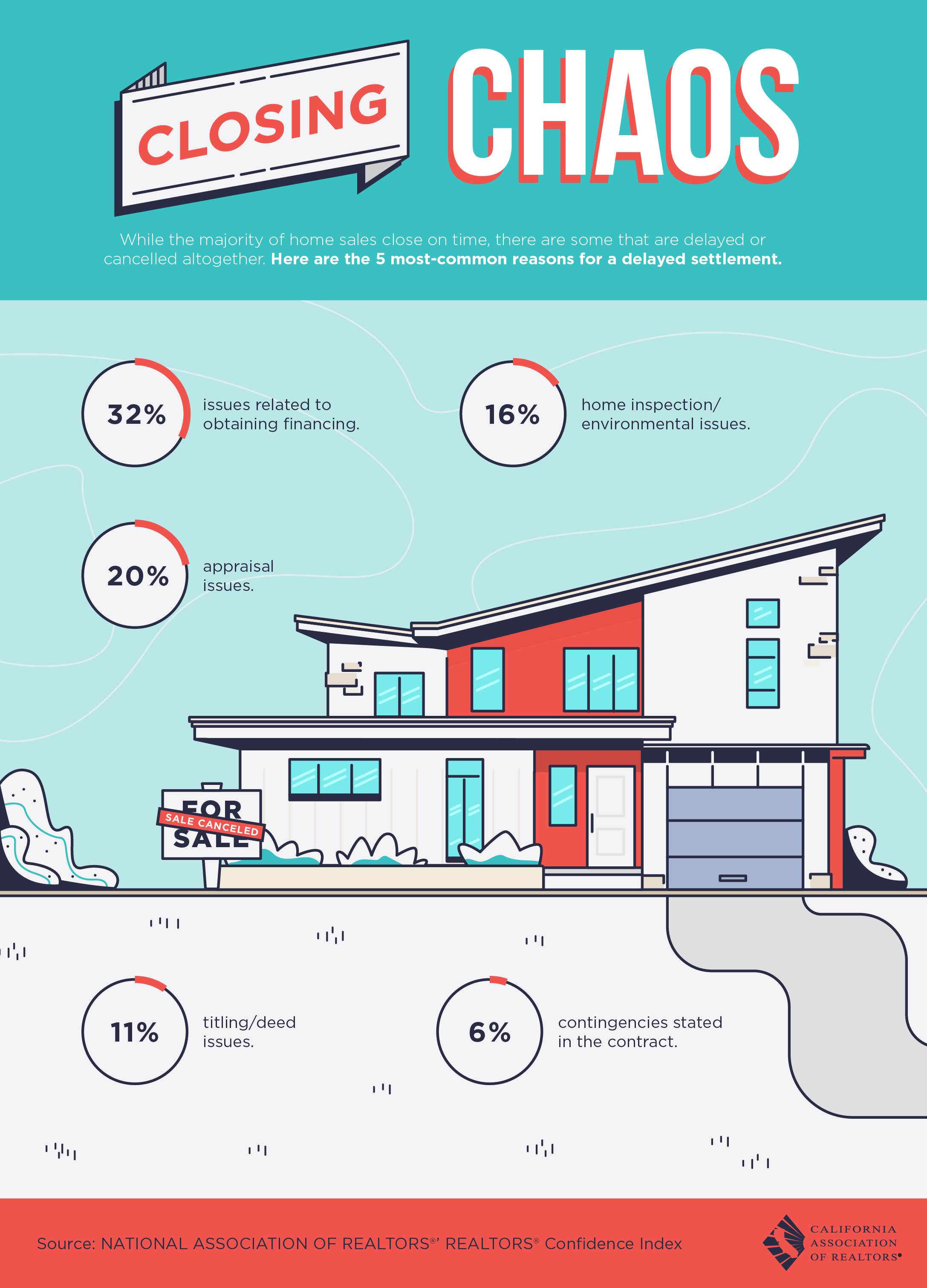Swing into Spring


Warm weather is upon us, and it’s time to take the party outside. From Cinco de Mayo to Mother’s Day to Memorial Day, spring’s signature celebrations deserve a festive and welcoming outdoor space. But what if your patio feels a little plain, a little bare, or a little less-than-inspiring for the party of your dreams?
Dreams can become reality if you have the right plan. And we can prove it. We will show you how to take a winter-worn patio and make it bloom into a versatile foundation for hosting three spring parties, from setting up the perfect base space to perfecting every minor detail, down to the apps and napkins.
With the advice from our design and party experts, and the dramatic before and after photos of our patio designs, you are sure to find the inspiration to transform your patio into a party destination all season long.
Build a Beautiful Base
Before running off to purchase celebration decorations, take the time to build a versatile, functional outdoor living base for your family, whether you are entertaining or not. Most patios need the following basic elements:
- A table and set of chairs
- Planters and greenery
- A source of shade
Of course, don’t forget the grill—the official cooking tool of spring and summer.
Click on the arrows to see the patio transformation:
Spruce up the area
After the dreary winter months, your backyard oasis might look a little rough around the edges. Shrubbery can have dead or uneven growth, and leaves and branches litter the ground. In general, your greenery may need a little TLC. Pay attention to the plants and lawn around your patio by trimming, checking for disease or damage, and fertilizing all greenery. Setting up your lawn and garden for success means that they’ll reward you with beauty all season long.

Don’t forget the patio itself. Concrete is the most common patio surface, and since it is semi-porous, it can hold general grime as well as stains from plant matter. Use a pressure washer to bring back its sparkle (while you’re at it, extend the cleaning to the exterior of the house as well). Pressure-washing can prolong the life of your surfaces (mold and mildew naturally cause decay), and the results are immediate!
Once the surface is clean, add potted planters filled with seasonal, colorful flowers to help blend the patio with its surrounding environment.
Choose your investment pieces
Plastic Adirondack chairs are great for a casual get together. But when you’re ready to transform your outdoor space into an entertaining area suitable for the whole family, you’ll need comfortable, attractive seating, some shade and a table fit for all the great food coming off the grill.
“The elements are going to take their toll, so it’s important to invest in quality,” says KariAnne Wood, a blogger, lifestyle expert and creator of Thistlewood Farms in Paducah, Kentucky. “Look for pieces that are a good scale for your size patio, and when you invest in furniture, make sure that you get furniture protectors so you can protect it from the elements in the off season.”

A neutral table and chair set is a great base (especially if you add a little texture with a rug below it). From there, says Wood, it’s time to add some shade. Consider an umbrella or pergola: “It extends the life of the patio, and helps define and add purpose to the space.”
Umbrellas come in a huge range of styles, from traditional table-anchored options to bigger, more modern cantilever styles.

Finally, the easiest way to “fire up” a party is to add a grill to your outdoor setting. By taking the cooking outside, you’ll get to spend time with your guests, keep the house cool in the heat of summer and show off your cooking chops to the neighborhood. Gas and charcoal are both excellent choices, and some grills include both, so you can leave your options open.

Your base patio is set! Now, building a specific party setting is a snap, which Jacqueline Lawrence of inventivENVIRONMENTS in Charleston, South Carolina, illustrates with the following seasonal soirees.
“I love a challenge like this!” says Lawrence. “It’s really all about creating a plan and then layering the look with texture, color and fabric.”
Party One: Cinco de Mayo

Cinco de Mayo is rising in popularity as a celebration in the US, but don’t fear that you’re stuck with plastic margarita glasses, a piñata and sombreros. Go beyond cliché to celebrate the vibrancy of Mexico and its rich heritage.
Lawrence explains her elegant approach: “We want something cool and inviting for Cinco de Mayo, so we evoke the colors and textures of the high Mexico desert. Cool sage greens, a woven runner, citrus and succulents provide inspiration, and the last two do double duty on the table-scape: The citrus can be a great beverage garnish, and the potted succulents a thoughtful takeaway gift for the evening’s guests.”
Click on the arrows to see the Cinco de Mayo patio transformation:
Additionally, since Cinco de Mayo is often more of an evening affair, Lawrence also includes a glint of copper to catch the setting rays of the sun, and uses the space under the umbrella as a party “ceiling” from which to hang decorative elements. In this case, copper lanterns accented by a fresh flower garland woven throughout look even better when there’s a soft glow from the lanterns’ candles.

Our menu highlights the culture of Mexico:

Party Two: Mother’s Day

Small details, pale petals, tinkling glass and delicate treats—Mother’s Day is all about making the women in your life feel special, so it makes sense that traditional feminine details lead the way in this design. Seersucker fabric is fresh and full of spring promise, beautiful glassware makes the day sparkle and you can never have enough flowers for Mom.
“The amount of flowers for this scene might feel over the top, but really, it’s very doable!” says Lawrence. “Purchase some potted plants in bloom for the planters, and then layer flowers for the table. Buy simple cut flowers to arrange for a centerpiece, and then add flower heads to each place setting—and even the ice cubes! Different varieties, colors and sizes really provide the illusion of an abundance of petals.”
Click on the arrows to see the Mother’s Day patio transformation:
Below the petal explosion are the fresh stripes of seersucker—Lawrence used the iconic breathable fabric as a runner, complemented by delicate napkins and even more floral motifs on fabric pillows, which creates a luxurious feel and makes the scene one-of-a-kind. Maybe mom always told you to “dot your i’s and cross your t’s”—this design does all that in the details.

Our garden-inspired Mother’s Day menu features fresh and light fare:

Party Three: Memorial Day

For Memorial Day, take your color cue from the American flag to plan a patriotic party. Red, white and blue used in equal proportions create a bold backdrop for a casual cookout.
Kerrie Kelly of Kerrie Kelly Design Lab in Sacramento, California, uses the patriotic trio to great effect.
“Nothing says ‘all-American’ quite like a decorative grouping of pots and planters full of red geraniums, while vibrant outdoor pillows in hues of red, white and blue set the tone of your celebration,” says Kelly, adding, “Don’t forget the miniature flags!”
Click on the arrows to see the Memorial Day patio transformation:
Lawrence follows this classic advice in setting the scene for our Memorial Day party, including swapping out the chairs’ seat cushions for a motif that fits the celebration. “A few styles of cushions can really extend the life of your furniture and make it feel fresh with a simple change. Why not a bright pop of red for Memorial Day or the Fourth of July?” she asks.
Additionally, Lawrence uses monofilament to hang paper stars and lanterns from the umbrella, extending the color from the table itself into the entire space.

The table and the grill are the stars of this show, and the table is set to create a buffet style service for the food. A few chairs are moved into a conversation area in the shade, providing easy table access for guests to fill their plates. Although cool desserts will help take minds off the heat, designer Kelly suggests being ready with an assortment of yard games.
“Activities like corn hole, croquet and ping-pong get the whole family involved, while a kid-approved activity like decorating bike baskets or making ice cream sundaes keep their focus on the fun of the long weekend,” suggests Kelly.
Once the food is finished, it’s easy to clear away the serving dishes and transform the table for crafts.

Our Memorial Day menu takes the standard cookout fare up a notch:


Starting with a neutral, comfortable base will ensure that your party goes as planned, no matter the occasion. From there, choose an inspiration for the decor and then take a cue from our professional designers by layering elements to make your spring party feel more professional and put together. Now all that’s left to do is celebrate!
Source: CB Blue Matter Blog
Narrowing the female leadership gap in real estate


Female agents face an upward mobility challenge within the industry. Here’s how real estate brands and brokerages can work to mend the female leadership gap.
A stark lack of of women in leadership positions exists across all industries. The real estate industry, however, could quickly pivot and become the paragon industry when it comes to representation.
Women have always excelled in the field, but statistically have not found themselves in leadership positions. A report titled How Women Brokers are Reinventing Leadership in the 21st Century from the California Association of Realtors — which recently launched its WomanUP!® initiative and hosts an annual conference — found that women are opting out of large brokerages to forge their own paths.
We should celebrate women entrepreneurs starting their own real estate companies, but as an industry — and particularly within larger companies — we need to take a critical look at why so many talented women with the will to lead are not finding these opportunities within traditional brokerages.
It’s clear that real estate has an upward mobility challenge when it comes to female leaders. According to the NAR 2017 Member Profile Report, women account for 67 percent of all real estate agents, yet only 46 percent of non-selling broker-owners are women.
At Coldwell Banker’s annual Leadership Summit in March, we hosted a panel titled, “When Women Lead,” comprised of women leaders from across the country, with the goal of getting to the root cause of this leadership gap. We found that women in real estate often face two common hurdles: a lack of management training and limited opportunities for leadership positions in their offices.
A one-hour panel didn’t begin to scratch the surface, so we have also introduced a series of virtual conferences with Coldwell Banker agents and brokers to continue the conversation. Hearing from women throughout the network has inspired me to find ways to drive change at both the grassroots level, within each office, and throughout the larger network. In mid-March, I hosted our first “Women of Coldwell Banker,” lunch attended by 100 percent of the women in our home office.
Women with the will to lead have many shared experiences — hearing from others who have achieved success helps us all realize that overcoming challenges is possible, when we identify common hurdles we can find better solutions.
It is also important for men in our industry to rise to the occasion and meet their female peers shoulder to shoulder in this fight. Without allies, making progress towards this goal only becomes more challenging.
Conversations, mentorship and training for women are only part of the equation. To bridge the leadership gap, it’s critical that opportunities for growth are offered to talented women in real estate. Training is only effective once it is applied. Paving the path to management and leadership in real estate will inspire future generations and propel our industry forward.
It is imperative for companies and brokerages to build infrastructure within their companies to provide talented, hardworking women with the tools and training, as well as the opportunities, to lead. Creating task forces, hosting summits and sparking conversation will ignite change — first by providing women with a platform to air their challenges and subsequently by influencing organic change throughout the industry.
So, I challenge you all to do your part in accelerating the real estate industry’s progress in narrowing the female leadership gap. Encourage open conversations among peers within your network. Take an honest look at the growth opportunities available for women at your company. Put pen to paper and develop your plan of attack to combat this issue.
If you’re interested in learning more about working with Coldwell Banker Real Estate, please visit us here.
Source: CB Blue Matter Blog
Five Things You Need to Know About Selling a Condo


Thinking of selling your condo? Whether you live in the condo or own it as an investment property, if you’re ready to sell your home, it’s time to talk to a qualified real estate agent in your area. By evaluating several criteria, including regional markets, time of year, features of your condo unit, as well as your specific needs as the seller, he or she can create a customized marketing plan for your condo. Here are five important topics to discuss with your real estate agent if you want to sell your home:
1. Best Time of Year to Sell Your Condo
The specifics of your area do more to determine the best time to put your home on the market than whether you’re selling a condo or a house. While the conventional wisdom is that spring is the best time for selling a home, this belief simply doesn’t ring true in every locale. In recent years the historic patterns have eased, and in some cases, totally disappeared. Still, different parts of the country have periods when sellers can be more aggressive with their pricing. And your real estate agent may suggest a distinct timing strategy for condominium sales, especially if your condo is in a resort destination.
2. Open House Strategy and How to De-Clutter
A condo that shows well will sell faster and bring a higher price. Small cosmetic touch-ups can make a big difference. Buyers often suspect that more serious problems may exist if they notice the need for minor repairs. If you want to sell your home, it’s important to make sure your condo is clean, tidy and free of personal clutter. Clear sinks and counters of dishes and toiletries. Neatly stack office supplies and organize storage areas. Replace dim light bulbs and clean windows. Even though your garden area may be commonly owned, do your best to create curb appeal by cleaning front steps and porches, and clearing lawns of toys or equipment.
3. Features to Accentuate
One of the best features to accentuate when selling a condo is the lifestyle of ease that comes with condominium ownership. Many buyers are looking for the hassle-free living experience that they can’t find with a single-family detached house. Another important attribute of any condo is the amenities of the association, which can include a hot tub, fitness center, owner’s lounge, covered parking and even concierge services. If you’re considering selling your condo, take the time to walk through it methodically with your real estate agent. Together you can point out which features of the actual condo unit should be accentuated. Does your unit have a wonderful view? Perhaps the location of your condominium is unique and desirable. Your real estate agent can help accentuate these features in sales and marketing materials.
4. Desired Price and Bottom Line Price
When setting the home price for your condo, it’s important to identify your desired price and your bottom line price. By assessing recent condo sale and listing statistics in your area, your real estate agent and a licensed appraiser can estimate your house value and recommend an appropriate target price range. Working with your agent, you can set an initial asking price, as well the absolute lowest home price you would comfortably accept. One advantage of selling a condo is that by assessing the prices of other units in your association that have recently sold or are currently listed, your real estate agent and the appraiser can determine a very accurate house value.
5. Disclosures
When selling your condo, you may be obligated to disclose problems that could affect the property’s value or desirability, as well as to disclose HOA minutes and costs of common insurance and utilities. In most states, it is illegal to fraudulently conceal major physical defects in your property, such as a water heater that leaks severely. And many states now require sellers to take a proactive role by making written disclosures on the condition of the condo unit. Ask your real estate agent for the particular laws of your state.
After reading this article, read more tips on selling a home and make sure you get the best value on your property on Coldwell Banker’s Seller Resources.
Source: CB Blue Matter Blog
Making the Most of a Winter Farmer’s Market


Winter’s chill is in the air and spring is still several weeks away, but there’s plenty to do in your hometown during the colder months including checking out a winter farmer’s market.
Traditional farmer’s markets usually run from early spring to late fall, but there’s a growing trend popping up in cities across the country: the winter farmer’s market.
Typically your local winter farmer’s market is held indoors, which means no matter the weather, you can still shop in comfort for your favorite offerings of the earth’s bounty.
Want to make the most of your next visit to a winter farmer’s market? Here’s what you need to know:
Manage Your Expectations
When strolling around your favorite farmer’s market during warmer months, you’re likely to find all sorts of bright, juicy fruits and beautiful growing plants. The purpose of a farmer’s market is to help connect local farmers and producers with the community, as a source of great seasonal offerings.
Your winter farmer’s market likely won’t have the same options as the markets held in spring and summer. This is mainly because those fruits and vegetables aren’t being grown or harvested during colder months.
Depending on the size of your market and where you live, it might not be possible to do all your grocery shopping at your neighborhood winter farmer’s market, but you should be able to check several items off your shopping list.
Think Outside the Box
Winter farmer’s markets are a great opportunity think outside the box, with regard to the produce you buy. There you may come across different varieties of your favorite fruits and vegetables, or different options altogether.
Take this as a chance to try something new! Never cooked with baby bok choy or purple potatoes? These are some delicious choices, and likely to be spotted at a winter farmer’s market.
And make sure you talk to the farmers or sellers about their wares. They are likely to be a wealth of free information for you. For example, if you usually cook with cilantro in the spring and summer, ask the farmer to recommend another herb you might try when it isn’t available.
Ask the farmer if he or she has a favorite way of preparing the veggies or a tip for making fruit last longer. This is your chance to talk directly with the expert about his or her produce.

Stock Up on Essentials
Whether you are a dedicated home cook or someone who just enjoys trying a new recipe every now and again, there are certain essentials that a well-stocked kitchen must have.
Often a winter farmer’s market is a great place to find things like local honey, spices and jams or preserves. It never hurts to have these pantry staples on hand. Plus, you’ll feel great knowing you are supporting the livelihood of local growers and producers.
Since these types of items are usually canned or dried, they have a longer shelf-life and will serve to be very useful for all your culinary creations until spring arrives.
You might also see cut flowers or winter plants. Depending on the type, winter is often a good time for planting. Some farmers also sell or swap their seeds, especially heirloom varieties, so make the most of this opportunity to stock up for your spring and summer garden.
Give the Gift of Local Made with Love
Winter farmer’s markets are often more than just farm fresh produce and things grown in the ground. There will likely be offerings and wares for sale by local artisans and makers.
From handcrafted jewelry and pottery to unique and one-of-a-kind art or woodworking, these selections make wonderful gifts for friends. Other items you might find include essential oils, handmade soaps and lotions, and natural cosmetics. Sellers will often allow you to sample their wares in order to see what you might like.
These are just a few ways you can enjoy a winter farmer’s market in your neighborhood. Before too long, spring will arrive with all its blooming beauty. But until then, it’s nice to know there are still some fun things to do to make the most of winter.
Source: CB Blue Matter Blog
Architectural Styles on the Horizon


Whether you’re buying, selling or staging a home, popular architectural styles and buzz-words can help you get the most out of your investment. Current and upcoming homebuyers have an “instant” mindset, are debt-savvy, and want all the luxuries of rural living in growing cities. Trending architectural styles, like shipping container and tiny homes, reflect the budget-friendliness and fast construction new homeowners want. Contemporary glass structures, modern farmhouse, and a Spanish-colonial revival make way for bigger homes and budgets.
Shipping Container
These days, building your own home is as easy as clicking around on a website or flipping through a catalog, mixing materials and adding desired features. The architecture that results is a Lego-like, innovative blend of textures and shapes that is “unique” to the homeowner’s preferences and taste. These styles are known as shipping container style homes. Some simulate the appearance of or incorporate actual shipping container material in their textures. By selecting from pre-fab, mix and match elements, homeowners can be sure that these features are ready-to-go. They can get exactly what they want without wasting time or resources.
Tiny Home
Floor plans for both homes and apartments are getting smaller and smaller as the demand for land goes up and urban populations boom. Architects and builders are getting creative with their designs, finding new ways to make the most out of spaces as small as 300 square feet. This is “tiny home” size. These homes often sell at a lower price point than traditional-size homes, which makes the investment easier for modern homebuyers who are grappling with significant loan debt. These designs make the most out of every square inch with hidden storage, multi-use rooms and concepts like open space and indoor-outdoor living.
Santa Barbara
3927 Laguna Blanca Dr., Santa Barbara, CA listed by Linda Lorenzen with Coldwell Banker Residential Brokerage
One of the most desired builds, right now, is the Santa Barbara style of architecture. This involves white stucco walls, wood beam ceilings and red tile roofs. It gets its name from the Spanish Colonial style that boomed in Santa Barbara in the early 1900s. The city set the trend for the rest of the country and homeowners are finding that the aesthetics of this style are a top choice for their dream homes.
Modern Glass
Homeowners are knocking out walls and replacing them with glass doors and walls to see through to their back yards or patios. Incorporating the outdoors into indoor spaces is a top trend, right now. With the glass features, homeowners tend to blend sleek materials like concrete or wood. Modern glass style homes allow the outdoors to flow into the indoors and vice versa. This is a great trick to make the most of your property.
Updated Farmhouse
4576 Atwood Road Stone Ridge, NY listed by Cathy Pulichene with Coldwell Banker Village Green Realty
The farmhouse style has been a long-standing architectural icon. However, these days, the style is changing to incorporate more modern elements. The result is known as the modern farmhouse. In many builds, the design begins as a modern home outfitted with rural accents like barn doors and farmhouse siding. For builds that begin in the farmhouse style, modern colors and mixed industrial textures bring the old into the new.
If you are considering a new construction, an architect can help you to stay on top of the trends so that your home will be a success on the market well into the future. According to HomeAdvisor, the average cost to hire an architect is $5,000. They can guide you through the process to help maximize on your time and resources.
Lauren White is a freelance writer who enjoys reading, hiking and traveling. She can usually be found on an outdoor adventure with her boyfriend and little sister on the weekends.
Source: CB Blue Matter Blog

 Facebook
Facebook
 Twitter
Twitter
 Pinterest
Pinterest
 Copy Link
Copy Link






























